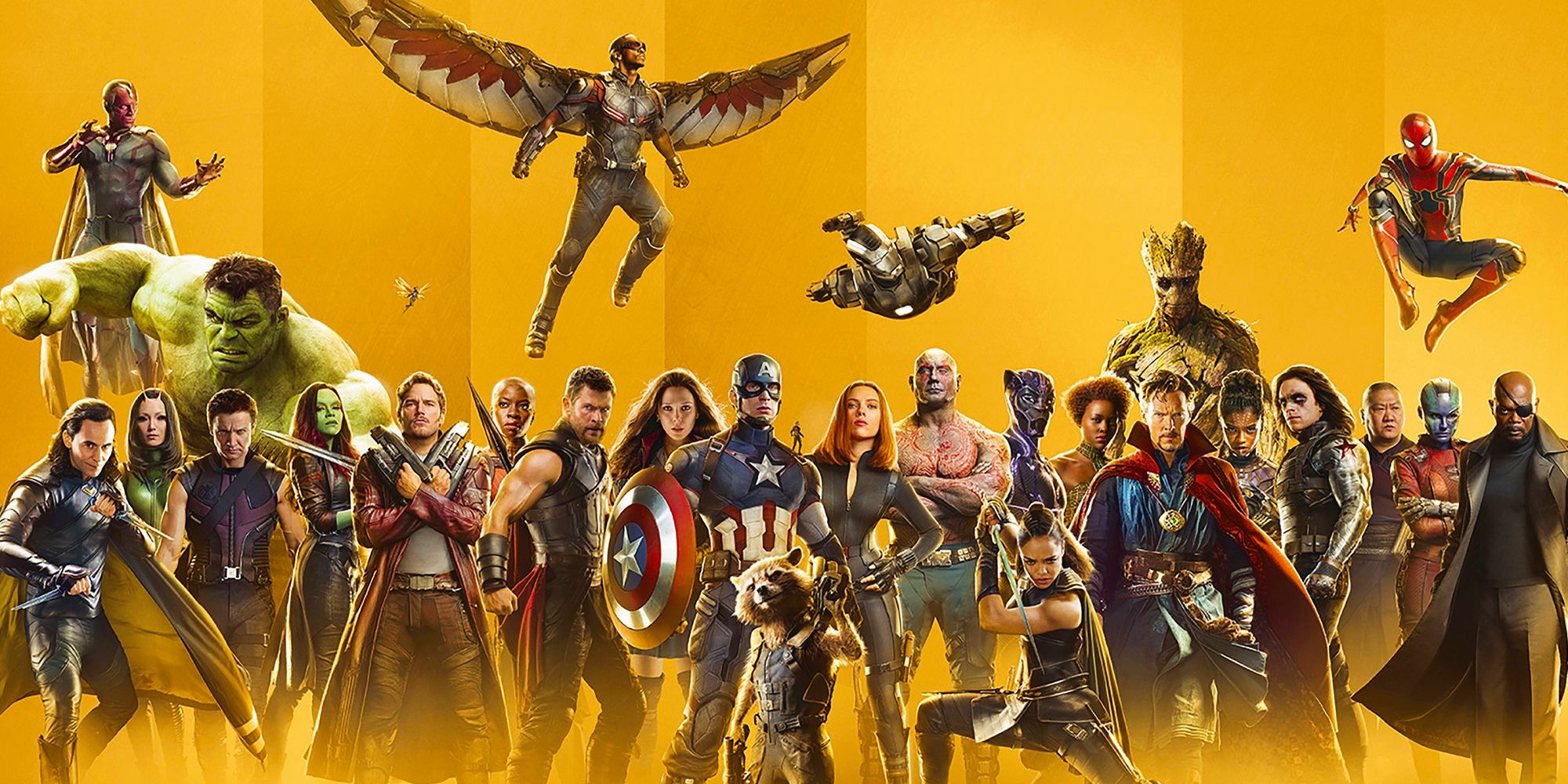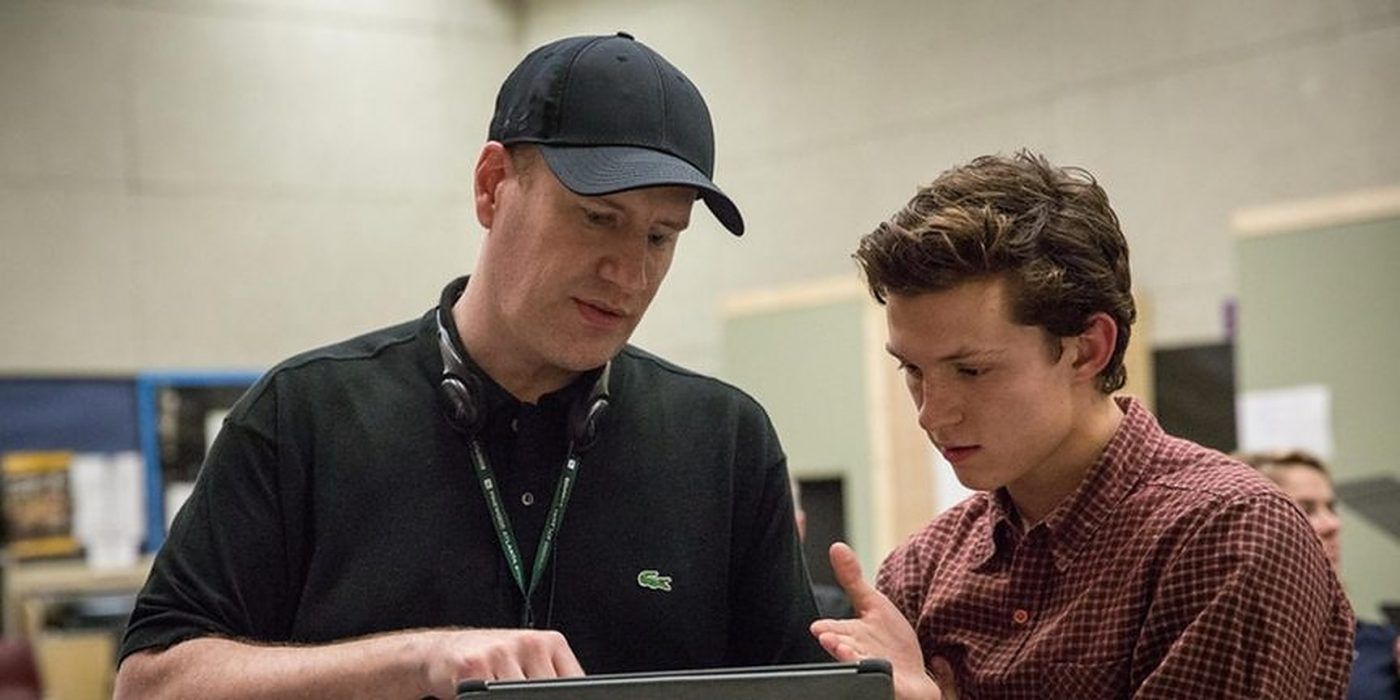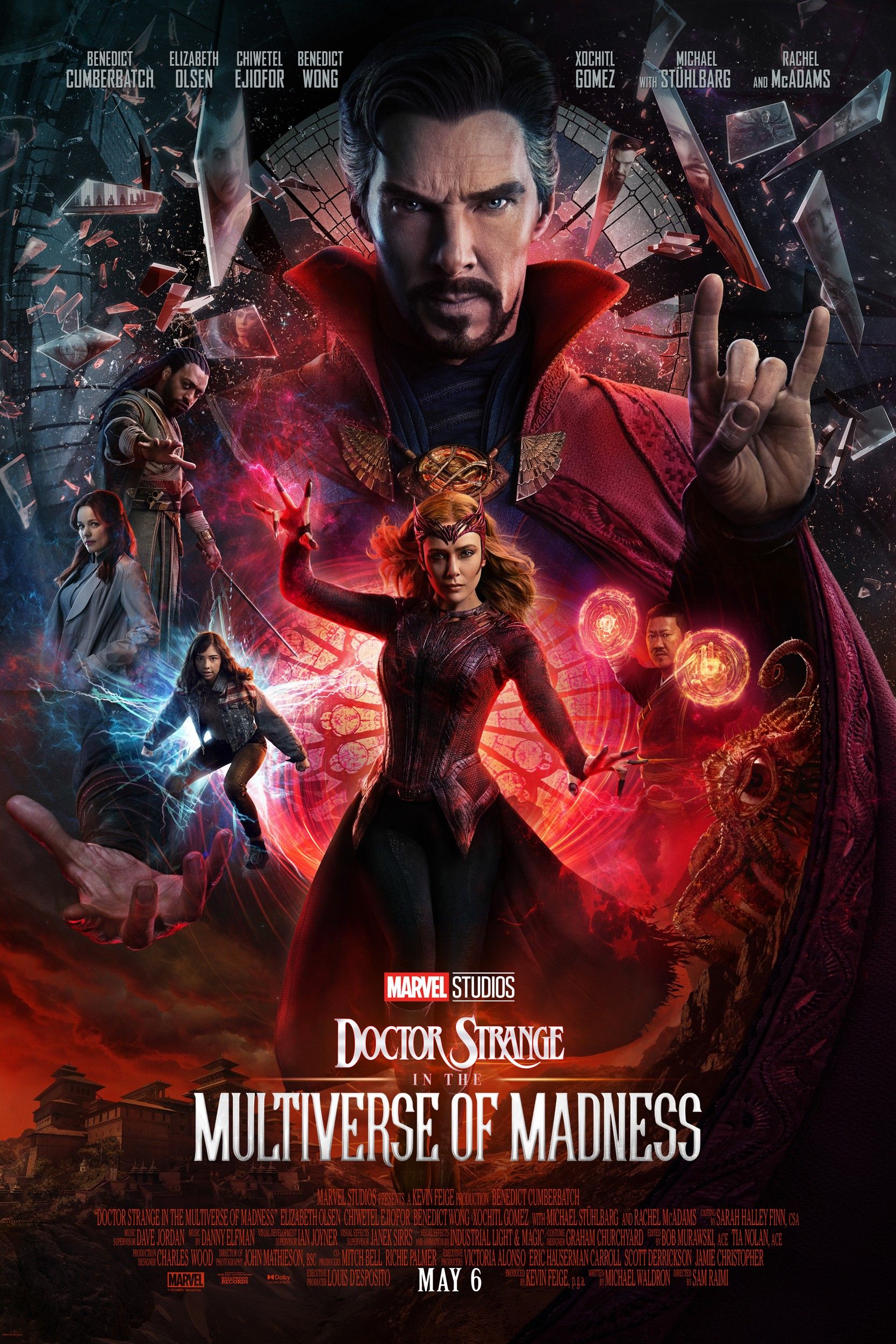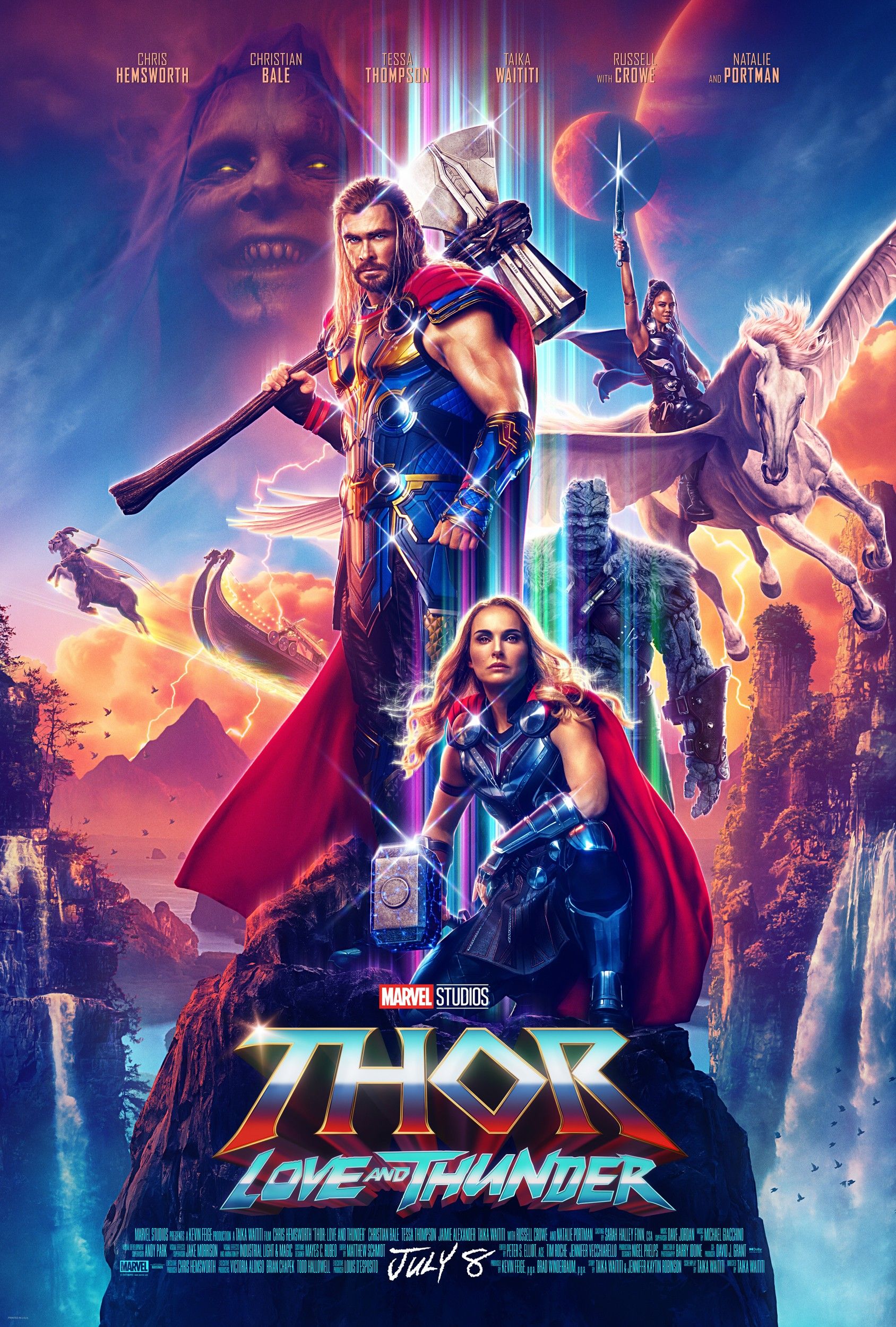Marvel Studios President Kevin Feige's primary focus is developing the Marvel Cinematic Universe's story in Phase 4. With 26 films over 14 years, Marvel Studios has created an interwoven cinematic universe comparable to that which was conceived in the panels of Marvel Comics. Avengers: Endgame serves as the culmination of the MCU's third phase, catapulting it into a fourth phase and a very ambitious multiverse concept.
Comic book enthusiast Feige has been working on Marvel films since the beginning of the 21st century. Not long after he helped to produce films, including Fox's X-Men (2000) and Sony's Spider-Man trilogy, Feige realized that Marvel still owned the rights to the Avengers. Therefore, he devised a plan to create a shared universe and was named president of production for the independent studio in 2007—before Disney bought Marvel Entertainment in 2009. Feige has produced every film for Marvel Studios since Iron Man and the birth of the MCU in 2008. In 2019, the President of Marvel Studios was also named Chief Creative Officer for Marvel Comics, Marvel Television, and Marvel Animation.
In an interview with the VFX Notes podcast, Eternals VFX Production Supervisor Stephane Ceretti explained Feige's primary focus is the MCU's ever-expanding story. He can no longer be as involved with individual projects and day-to-day operations of Marvel Studios as he once was. For example, visual effects is now overseen by Victoria Alonso, President of Physical, Post Production, VFX, and Animation at Marvel Studios. Read the full quote below:
"It's a lot of people now, but how it is, it's fun and crazy at the same time, it's super exciting because we are really part of the process, like really, really part of the process. It's a bit different now because the studio is bigger, and maybe we have a little bit less access to the people we used to have access to all the time. [Alonso] is always there, so she's always in the meetings, all the readings we're doing. [Feige], a little bit less so now because he's so busy with story and everything, but he used to come to every VFX reading with us, which was great, like really great."
Given Feige's litany of responsibilities and his permeating presence on press tours and at premieres, it's only natural he'd become less involved in various operations. However, there's no overstating what Feige has created; Sebastian Stan has said that Feige doesn't get enough credit for being the MCU's mastermind while X-Men producer Simon Kinberg once called Feige the greatest producer ever. Many could—and probably have—made the argument that Feige almost single-handedly ushered in the contemporary age of comic book movies.
Now, as Warner Bros./DC Films attempt to haphazardly embrace the new, multiversal age, Feige has asserted that the MCU's multiverse has always been a part of the plan. Following Disney+'s WandaVision, Loki, and What If…?, Spider-Man: No Way Home broke open the multiverse, bringing back beloved webslingers from Sony's past. Since Iron Man, Disney/Marvel Studios has acquired Fox's characters and those that Netflix once owned. At this point, pretty much every Marvel character (outside of Spider-Man and company) is under the control of Marvel Studios. The upcoming sequel Doctor Strange and the Multiverse of Madness should capitalize on the success of No Way Home and bring even more characters into the MCU. On top of that, 30 other projects are in development at Marvel Studios, and Feige, of course, is even slated to produce a Star Wars film.
Source: VFX Notes







